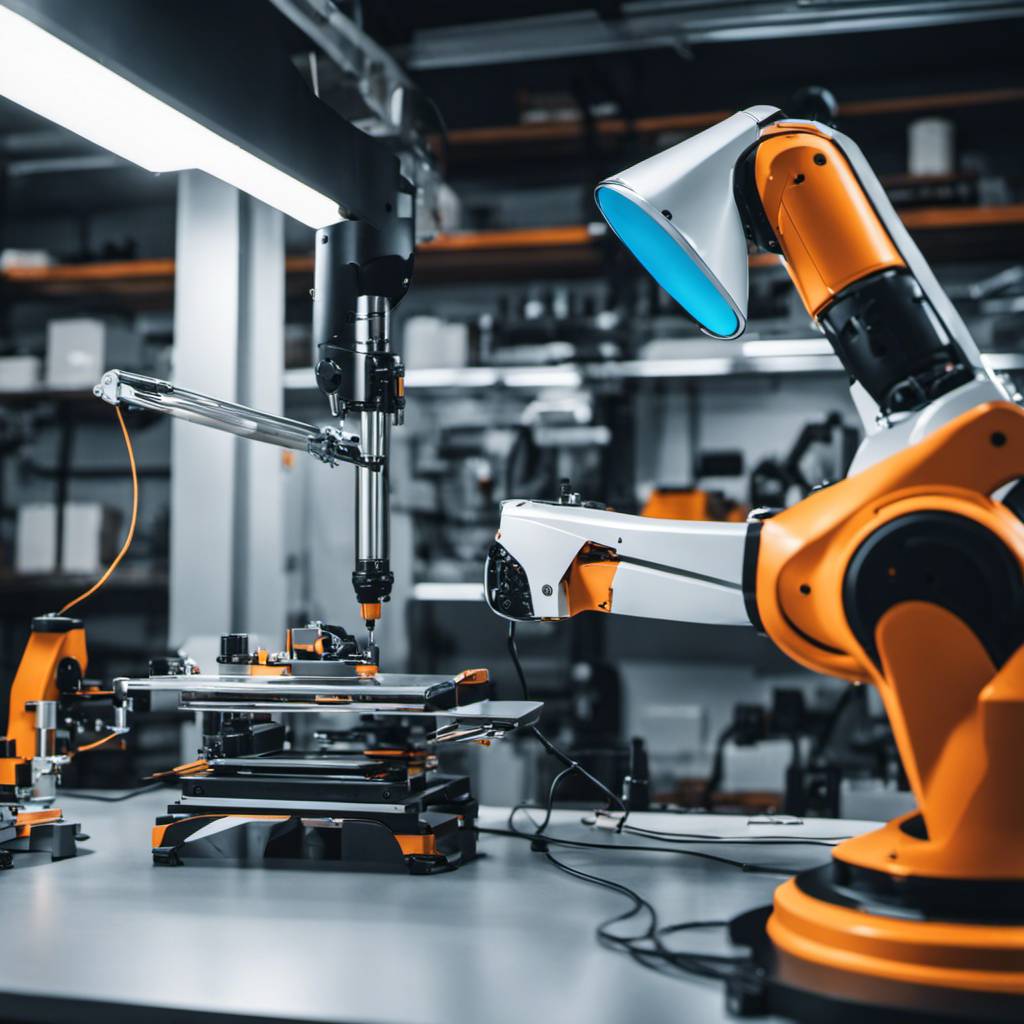In the competitive world of industry, small and medium-sized enterprises (SMEs) are facing the same challenges as their larger counterparts: labor shortages, increasing operational costs, and pressure to reduce lead times. One solution to these challenges is the implementation of automation systems, such as those used in welding, palletizing or CNC machining. However, SMEs often encounter barriers such as limited budgets and a lack of in-house expertise in electronics, computers, programming languages and coding to implement these systems. A potential solution to this dilemma is the fusion of low-cost robotics and on-demand expertise.
Identifying the root cause of production issues is pivotal to finding an appropriate solution. For example, if a company is experiencing high levels of product defects and rework, the issue could be material variance, such as differences in tensile and yield strength between steel batches. If there are too many parts falling out of tolerance, it may indicate a manual or semi-automated process that needs the precision and repeatability of a robot. If substandard products are reaching customers, it may be time to reassess the inspection process.
Without expertise in the field, finding the right solution can seem daunting. Many companies opt to use a robotics integrator to tailor a solution to their specific needs. While this may be suitable for larger projects with ample budgets, it can significantly increase lead times and costs. A standardized solution can often meet manufacturers’ needs more effectively. These solutions have been extensively tested and proven in the field, meet compatibility requirements and adhere to industry safety standards. This is often the fastest, most cost-effective and least risky approach for SMEs looking to automate.
Companies such as Voaige have benefited from the focus on low-cost yet effective automation. The process of selecting the right delta robot and end effector was streamlined, with robust post-installation support provided. This approach allowed them to meet their tight timelines and continue to build their relationship with their automation provider.
The ‘Goldilocks principle’ – finding the balance between too much and too little – is key when specifying requirements for robot payload, reach, number of axes, running speed, footprint and safety requirements. It also influences the selection of components such as end effectors, grippers, controllers, cameras and accessories. The goal is to obtain the functionality and flexibility needed without incurring unnecessary costs for features that don’t add value. This is where on-demand access to experts can provide the perfect balance between building and buying.
Just as just-in-time manufacturing has revolutionized the industry, ‘just-in-spec’ automation tailors the solution to the problem. This approach avoids over-engineering and provides the ideal level of functionality to address current process issues while also allowing for scalability in the future.
Platforms such as RBTX.com, a low-cost automation marketplace created by igus® GmbH, connect buyers and suppliers of cost-effective robotic components. They offer user-friendly design tools, transparent pricing, and guaranteed compatibility, simplifying the entire process. If expert guidance is necessary, it’s easy to arrange a free video call with an RBTXpert.
In conclusion, low-cost robotics and automation offer a viable solution for SMEs facing labor shortages, rising operational costs and lead-time pressure. By leveraging on-demand expertise and standardized solutions, SMEs can overcome budget constraints and lack of in-house expertise to level the playing field with larger competitors.
